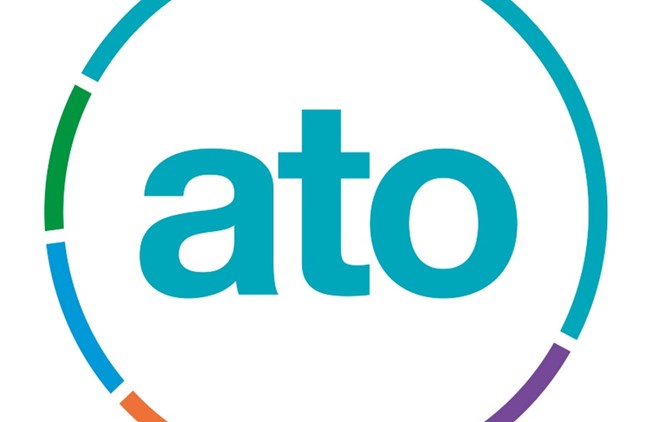
Non-concessional contributions are the after-tax contributions you can make to your superannuation fund. The maximum amount that you can make as an after-taxed contribution is currently $180,000 per year.
A person under the age of 65 can elect to bring forward 2 years of their contributions. This means that it is possible to make a single contribution of up to $540,000 under current limits. This allows a person under 65 years of age to make large contributions in order to boost their retirement savings. The rules surrounding eligibility of making these contributions are complex. It is recommended that you seek professional advice to discuss if there are any restrictions that apply to you. The consequences for getting it wrong can be costly.
Under the previous rules, the amounts over the non-concessional contribution limit were subject to an excess contributions tax of 46.5%. This created what many have considered to be an unfair tax – considering that these contributions are made from monies that have already been taxed. Assuming that you have paid tax at the highest marginal tax rate of 46.5%, the total tax paid on these excess contributions would be 93%.
Excess Non-Concessional Contributions Reform
The government is currently implementing a fairer system for taxation of excess non-concessional contributions. They have recently passed legislation that allows for excess non-concessional contributions and the associated earnings to be withdrawn, and the earnings taxed at the individual’s marginal tax rate.
Under the changes, you will have the option to withdraw the amount of excess non-concessional contributions as well as 85% of associated earnings. The associated earnings will be determined by the commissioner and calculated using the average general interest charge rate. These earnings will then be declared in the individual’s income tax return and taxed at the marginal tax rate.
The process for dealing with excess contributions is relatively straight forward – once the income tax return for the super fund has been assessed, the ATO will issue an Excess Contributions Tax Assessment Notice and release authority application. The notice will provide three (3) options;
a) Pay the excess contributions tax, or
b) Elect to withdraw the excess contributions and the associated earnings, or
c) Combination of both.
Should you wish to withdraw the excess contributions you will be required to forward the completed release authority application to the ATO. You will have 60 days from the date of the notice to lodge the application. The ATO will then issue a Release Authority to the superannuation fund directing the trustees to pay the excess non-concession contributions and the associated earnings to the members. The trustees will have 7 days to comply with the release authority.
Making after-taxed contributions can be a good way of bulking up your superannuation balance. However, under the previous rules, the consequences for mistakes can be costly. The government’s new reform aims to minimise the tax consequences for getting it wrong, however, there are strict rules and timeframes in making elections and processing withdrawals of excess contributions. We strongly recommend that you work closely with your financial advisor to ensure that these deadlines are met, and where ever possible, avoid making excess contributions.
Please feel free to contact your Altitude Advisor if you have any questions regarding your contribution limits or the impact the changes have on you.


